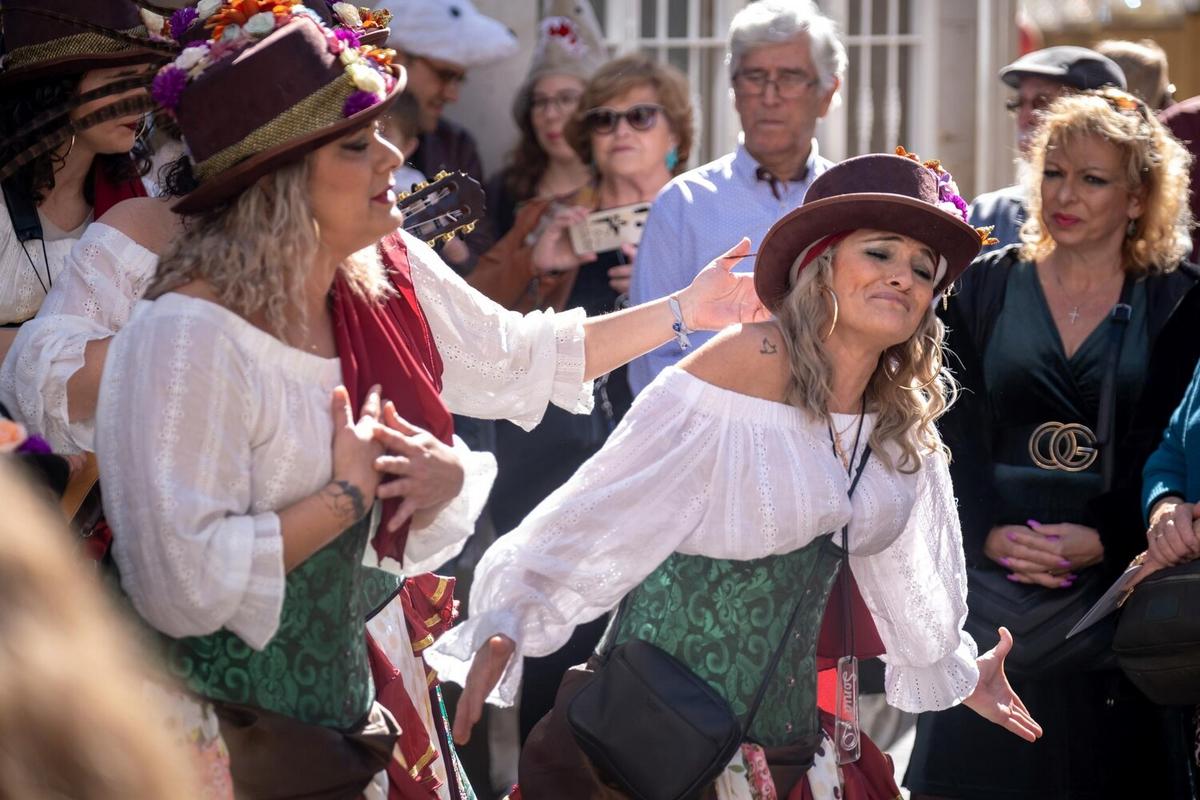
Exploring the Art and Culture of Southern Europe
Southern Europe is a captivating blend of history, art, and culture, offering a rich tapestry of experiences that entice travelers and art enthusiasts alike. From the stunning architecture of Spain to the vibrant art scenes of Italy and Greece, Southern Europe is a treasure trove waiting to be explored.
The Rich Tapestry of Southern European Art
Southern Europe is renowned for its artistic heritage, with each country contributing distinct styles and techniques. Italy, for example, is home to the Renaissance, a period that revolutionized art with figures like Leonardo da Vinci and Michelangelo. Art historian Dr. Maria Rossi notes, “The Renaissance wasn’t just a time of artistic achievement but a cultural awakening that influenced all of Europe.” Meanwhile, Spain offers the flamboyant flair of Flamenco art and architecture, with iconic figures such as Pablo Picasso reshaping modern art. Greece, with its ancient sculptures and pottery, offers a glimpse into the classical world that continues to inspire.
Cultural Festivals: A Living Tradition
Southern Europe is also famous for its vibrant festivals, which bring communities together and celebrate cultural heritage. The Venice Carnival in Italy, with its elaborate masks and costumes, is a feast for the senses. Similarly, Spain’s La Tomatina and Greece’s Easter celebrations are experiences that offer a deeper connection to local traditions.
Exploring Southern European Architecture
The architecture in Southern Europe is as varied as its art. From the Roman ruins in Italy to the Moorish palaces in Spain, the region’s buildings are a testament to its diverse history. A study by the European Architectural Review highlights how these structures not only illustrate historical narratives but also influence modern architectural trends.
Personal Anecdotes: A Journey Through Time
My journey through Southern Europe began in Florence, where the sight of Michelangelo’s David left me in awe. Moving on to Barcelona, the intricate designs of Gaudí’s Sagrada Familia showcased the blend of art and architecture, while Athens’ Acropolis offered a profound connection to ancient history. These experiences enriched my understanding of how art and culture shape societies.
Actionable Tips for Travelers
- Plan your visit around local festivals for an immersive experience.
- Take guided tours to gain deeper insights into the art and architecture.
- Engage with local artists and craftsmen to learn about traditional techniques.
Immerse yourself in the local culture by trying traditional foods; each dish tells a story of its region’s history and influences.
Comparison Table: Art Styles Across Southern Europe
| Country | Art Style | Notable Artists | Key Characteristics |
|---|---|---|---|
| Italy | Renaissance | Leonardo da Vinci, Michelangelo | Realism, perspective, humanism |
| Spain | Modernism | Pablo Picasso, Salvador Dalí | Abstract, surrealism, bold colors |
| Greece | Classical | Phidias | Sculpture, symmetry, mythology |
| Portugal | Azulejos | Jorge Colaço | Tile art, blue and white colors |
| France | Impressionism | Claude Monet | Light, color, everyday scenes |
| Turkey | Ottoman | Sinan | Intricate designs, calligraphy |
| Croatia | Folk Art | – | Traditional, vibrant patterns |
| Malta | Baroque | Caravaggio | Dramatic, detailed |
Frequently Asked Questions
What makes Southern European art unique?
Southern European art is unique due to its diverse influences and rich history, offering a vibrant mix of styles and techniques.
How can I experience the culture of Southern Europe?
Engage with local traditions, attend cultural festivals, and explore historical sites to fully experience the culture.
Conclusion: Embrace the Journey
Exploring the art and culture of Southern Europe is a journey through time, offering insights into the human experience and creativity. Whether you’re an art enthusiast or a curious traveler, the region’s rich heritage promises a rewarding exploration. Embrace the journey, and you’ll find inspiration in every corner.
